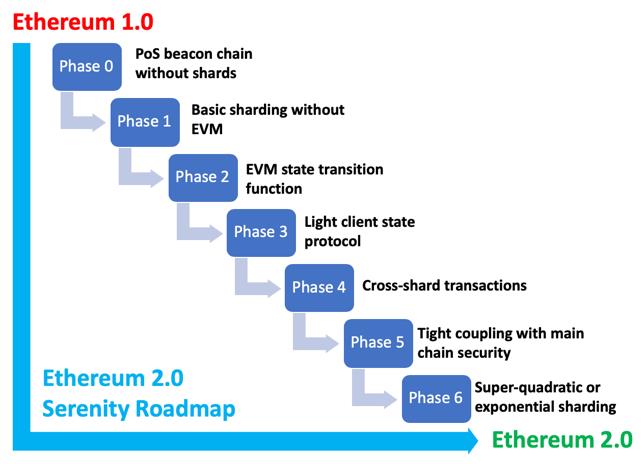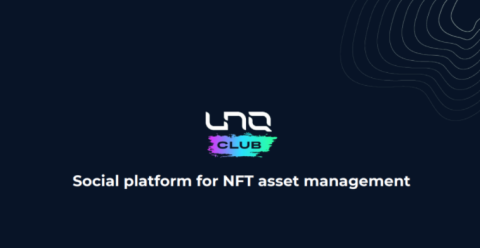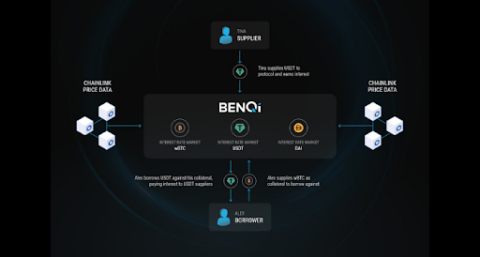What is thena? Discover the outstanding features of Thena and THE . token

Ngoài PancakeSwap, hệ sinh thái BNB Chain còn có một AMM khác có TVL đạt 150 triệu USD chỉ sau hai tháng ra mắt, dự án này được gọi là Thena.

The cryptocurrency market has tens of thousands of projects and new projects appear every day. In order to select the potential projects among those countless projects, investors need to be able to analyze and evaluate a project accurately. So how to analyze a crypto project? Join us in the article below to understand the overview as well as learn in detail the specific steps to conduct an analysis of a cryptocurrency project!
In this article, we will discuss the exact process to help investors research a project better. Thereby helping investors have a more perspective on the analysis of the project before deciding to put down money.

Analyzing a crypto project will focus on two important parts. The first part will focus on collecting useful resources, while the second part will revolve around analyzing and evaluating the collected information sources. These contents will be introduced in detail in the steps to perform an analysis of a cryptocurrency project.
Here are the specific steps to analyze a crypto project.
First, investors need to learn the basic information and indicators of the project such as project introduction, price movements in the market, total supply or total circulating supply, capitalization, etc. You can find this basic information through the two websites CoinMarketCap and CoinGecko . This information will help investors have initial judgments about the coin/token they are looking for.

After having basic data about the project in the first step, investors need to expand information sources through social networking sites such as Blog, Twitter... This is also an important source to help traders update information. Latest and review community response and project evaluation.
In addition, these sources also help investors grasp the important characteristics and terminology of the project being studied. In addition, Twitter or other social networks also provide information, helping investors assess whether the project is going according to the committed schedule or not.

At this step, investors need to find out information from all other official sources to fully understand the project such as website, Github, Podcast, Youtube....
Website
This is the most basic channel to help investors review the detailed content of a project. Is the project's website well-invested? Is the content on the website complete and updated regularly?… Not all projects that have been heavily invested in marketing and website by the development team are successful, but most of the projects have a foothold in the market. are full of information and regularly updated for investors to believe in money.
Many subjective investors do not study the website of a project but focus on price movements in the market leading to investment losses or money being stolen because of the rug pull development team.
Whitepaper
This is an extremely important information channel to help investors understand the details of the project they are looking for. The development team is responsible for drafting and describing the project in detail from the reason for the project's formation, how the project works, the mission, etc. to help investors understand the project thoroughly before making a decision. investment decision.
To write an honest and attractive whitepaper to investors, the writer needs to have a deep understanding of the project, blockchain technology or the economic situation in the market. Therefore, this is also a channel to help investors evaluate the project as well as the important characters that make up the project.
Github, Postcast, Youtube and other channels
These are also information channels that help investors check a lot of information about the project, the development team, the team's working process, etc. After collecting data and finding out project information in many places, different sources of information, investors should aggregate into a list for easy tracking.

After you have found enough information sources, the next step investors need to care about is to create a checklist to analyze the project. This checklist includes the following information:

Besides creating a checklist to summarize information, investors should create a folder on the computer to store information about the project. This helps investors easily update new information or correct inaccurate information of the project.
After thoroughly researching the project, if investors have any questions about the project, please find a way to contact and discuss with the project's development team to find a reasonable answer. We believe that a good project will certainly take care of investors' questions and concerns and find ways to answer them.

Surely many investors will wonder why it is necessary to perform such a complicated step-by-step project analysis. In fact, this helps research projects save time and more effective. Here are the reasons why investors should analyze the project step by step.
Using specific and clear steps helps investors understand the project's information and not be confused with other projects. Besides, the information in the form of data such as tokenomics , price movements, market capitalization, etc., helps investors easily compare and visualize with similar projects in the same segment.
Blogs like Medium or information on social networks help investors have an overview of the project before digging into details. Often, the content on these platforms is broken down more simply than you can read in the Whitepaper. After having an initial understanding of the project, it will support investors to do in-depth research through sources such as Whitepaper, website ... more effectively. Therefore, dividing the steps to approach the project makes it easier for investors to learn and understand the project more deeply.
Finding information without a system makes investors waste time and not achieve high efficiency. On the contrary, studying the project through clear specific steps, helps traders visualize the clear roadmap and saves time.
Besides, collecting information on a large scale and then using a checklist is an important step to help the research be effective and the information is concretized and clear. Each project has a separate expression, so it is compiled in the form of checklists with a familiar structure to help investors easily understand, evaluate and compare projects with each other.
Information about the project on the internet is quite diverse and there are many cases where the content is outdated or inaccurate. Therefore, analyzing a cryptocurrency project through clear specific steps helps investors to synthesize, update the latest information and remove information that is outdated or inaccurate.
Above is an article that shares how to analyze a cryptocurrency project with specific steps to help investors choose potential projects. The careful analysis of the project is the foundation to help investors make accurate investment decisions.
Therefore, investors must spend a lot of time to learn and research information about the project from many aspects to help identify the project objectively, multidimensionally and more accurately. Hopefully, through the article, you can practice research to choose potential cryptocurrency investment projects. Good luck!
Ngoài PancakeSwap, hệ sinh thái BNB Chain còn có một AMM khác có TVL đạt 150 triệu USD chỉ sau hai tháng ra mắt, dự án này được gọi là Thena.
Blockade Games provides a platform that allows developers to create blockchain games. In addition, Blockade Games also creates many interesting free games.
UNQ Club is a project that provides a blockchain platform that allows investors to collect and manage existing NFT assets.
BENQI is one of the important pieces of the Avalanche ecosystem. Join TraderH4 to find out what BENQI (QI) is as well as detailed information about the QI token.
In addition to a cryptocurrency storage wallet, SafePal is also known to many investors for its SFP tokens and airdrop events with attractive rewards.
The fever from Akita Inu in the Crypto market in the past time has created a great buzz along with the rapid development of the "dog house token".
What is IoTeX? This is a blockchain built and developed in conjunction with the Internet of Things (IoT). Join TraderH4 to learn this article.
What is OKB? OKB is an exchange coin of OKX and the OKX Chain blockchain. Let's learn about OKX and OKB exchanges with TraderH4 in this article.
DROPP GG brings an innovative and novel idea to provide an NFT mint platform based on geographies outside of the real world.
CronaSwap is a DEX built on Cronos Chain, which has a similar model to Uniswap.







